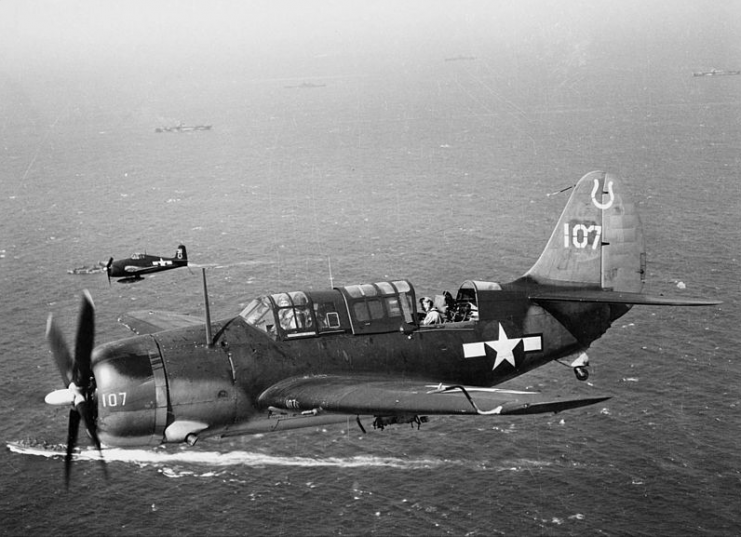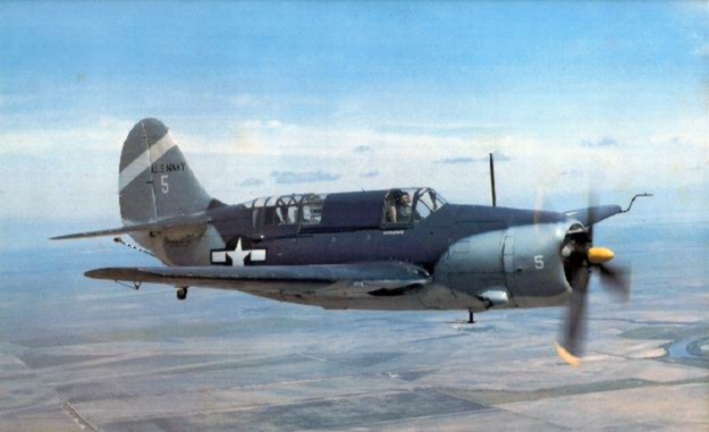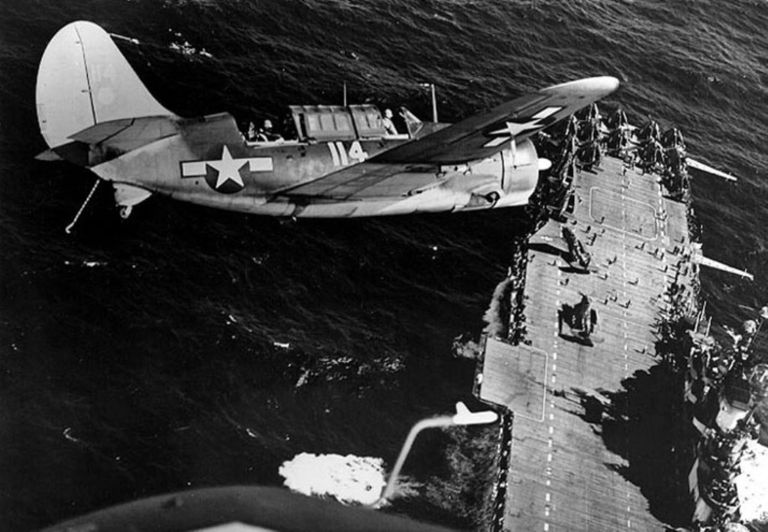The Curtiss SB2C Helldiver was the successor of the Douglas SBD Dauntless dive bomber. It was a considerably larger and faster aircraft than its predecessor and could operate from modern aircraft carriers.
Its production was a slow, turbulent process, but after its various issues had been resolved the Helldiver featured in the last two years of combat in the Pacific Theater.
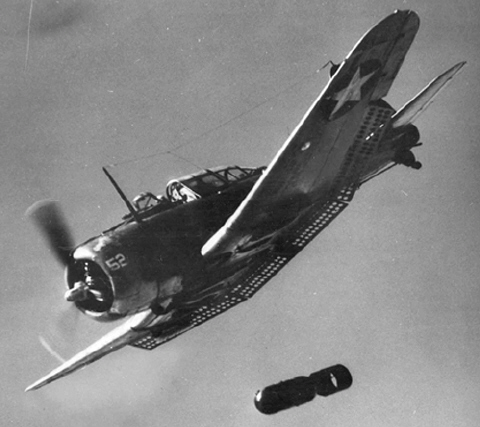
The Helldiver was designed by Don Berlin and developed by Curtiss-Wright Corporation, Fairchild Aircraft Ltd, and Canadian Car and Foundry for the U.S. Navy in 1942.
Between 1940 and 1945, about 7,140 units were produced in up to 26 variants. The two-seater aircraft had a wingspan of 50 feet and was suitable for carrying a heavy bomb load.
With a 1,000 lb bombload, its range was 1,165 miles, which was shorter than that of the SBD Dauntless.
It had a cruising speed of 158 mph.
In its armament were two 20mm AN/M2 cannons housed in its wings, a pair of 7.62mm M1919 Browning machine guns in the rear cockpit, and eight 12.7cm High Velocity Aircraft Rockets also known as “Holy Moses.”
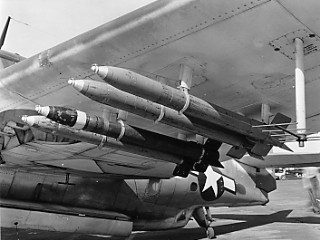
The Helldiver was not well loved by Navy aircrews due to issues they experienced with the aircraft’s weight, size, and range. Some called it the “Big-Tailed Beast” or “Son-of-a-Bitch 2nd Class.”
The first prototype of the Helldiver flew on 18 December 1940 but crashed on 8 February 1941 due to an engine failure. The prototype was then improved by increasing the length of the fuselage. A larger tail that included autopilot features was also installed to help the plane’s stability.
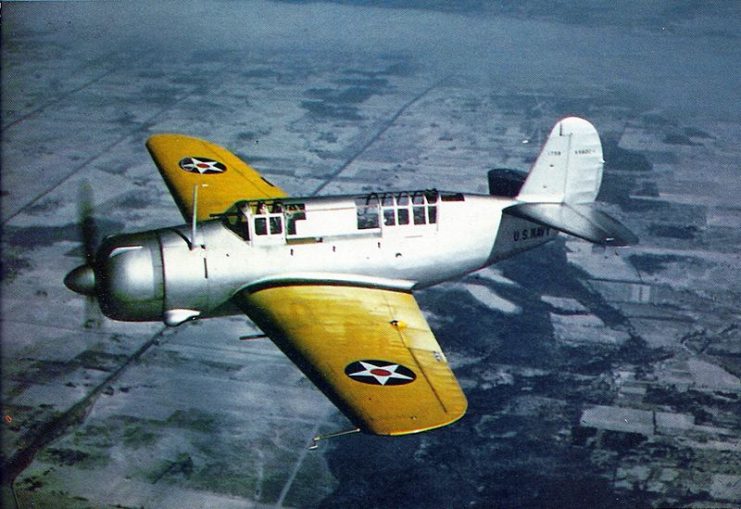
By October 1941 the modified prototype flew—but this one also crashed, on 21 December 1941 due to a severe wing failure.
Due to constant modifications in a bid to create a fully functional model, the SB2C suffered delays in production.
After over 800 modifications, the Helldiver was eventually accepted.
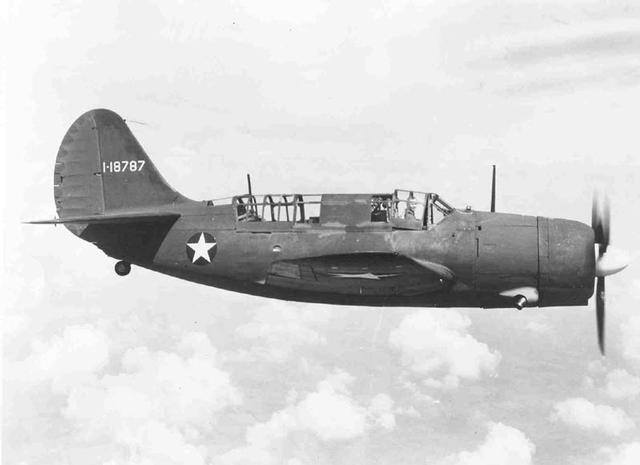
A World War II latecomer, the SB2C Helldiver was used for the first time in combat on 11 November 1943. Squadron VB-17 on the USS Bunker Hill (CV-17) used Helldivers on a raid on Rabaul Port, on the island of New Britain north of Papua in New Guinea.
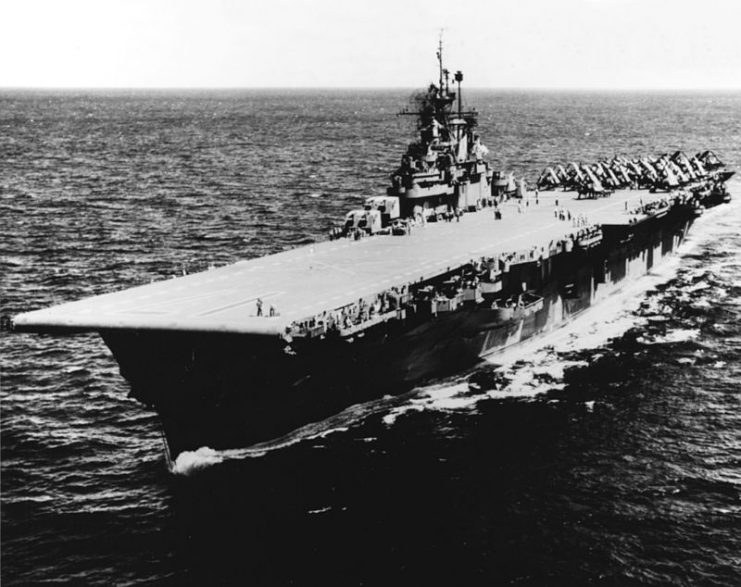
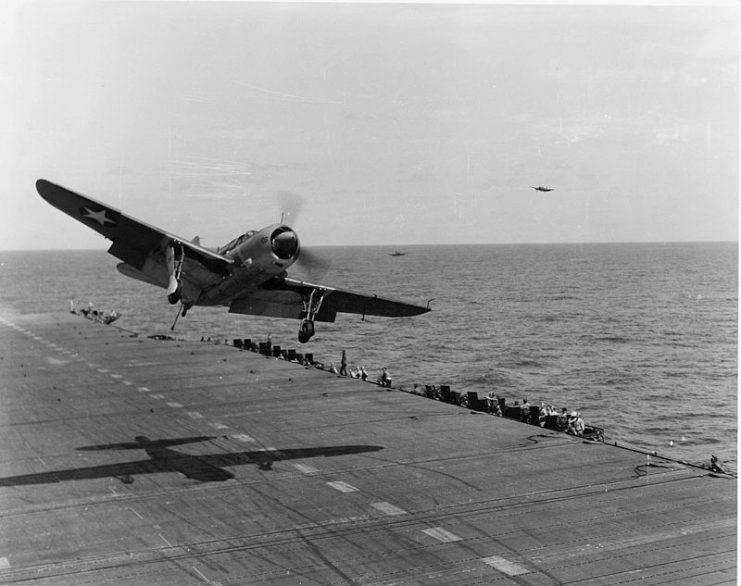
In 1944, a model of the Helldiver designated SB2C-3 was introduced. Its engine was replaced with the R-2600-20 Twin Cyclone Engine with a power rating of 1900 hp. Along with a Curtiss’ four-bladed propeller, it was intended to supply more power for the aircraft, which hitherto had been disappointingly underpowered.
Helldivers featured in the Battle of the Philippine Sea, over the islands of Iwo Jima and Okinawa, and in Taiwan. They took part in sinking the Japanese battleships Musashi and Yamato in the Philippines and Okinawa.
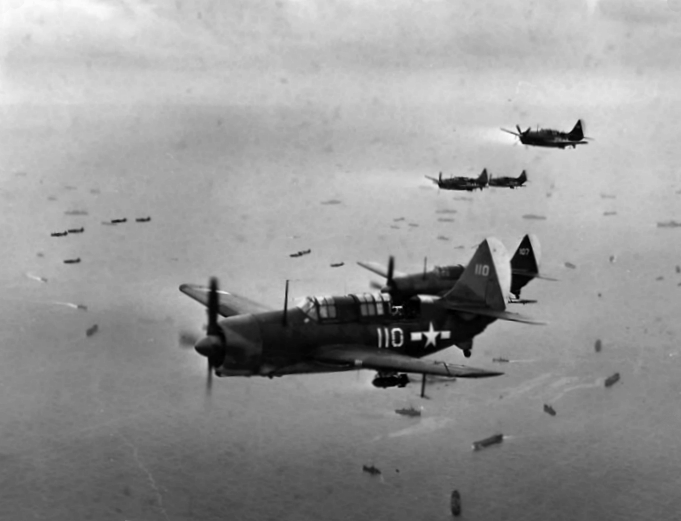
After the war, SB2Cs were used by the U.S. Navy squadrons until 1947.
The U.S. Army Air Force (USAAF) ordered 900 aircraft, designated the A-25A Shrike. The main wheels of these aircraft were bigger than those of the SB2C-1, and they were slightly modified to meet Army operational requirements.
These planes were introduced too late to be useful, however, and ultimately were not used by the Army. The USAAF transferred 410 of them to the U.S. Marines, who converted them to SB2C-1s and used them for training exercises.
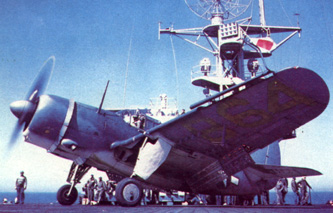
Only 10 out of 150 A-25A Shrikes ordered by the Royal Australian Air Force were delivered in 1943 due to the delays in production and modification. They never saw combat because by then, dive bombing had become an obsolete battle tactic.
The Helldiver was also ordered by the British, who decided the aircraft was unfit for use due to “appalling handling.”
Other countries such as Greece and France were known to have also purchased Helldivers.
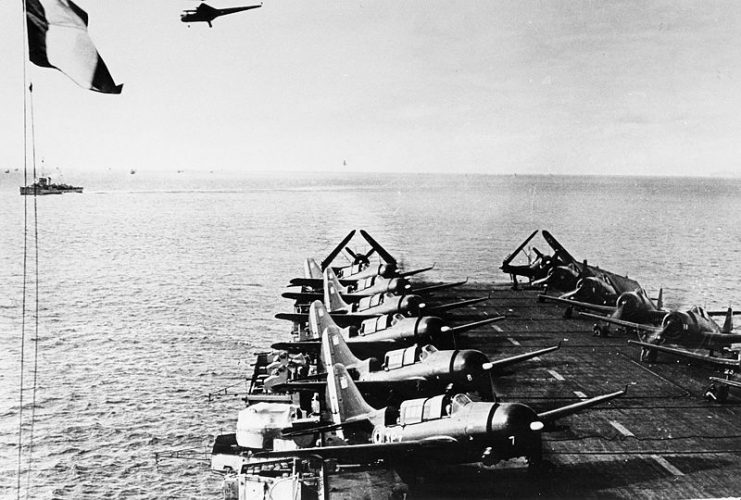
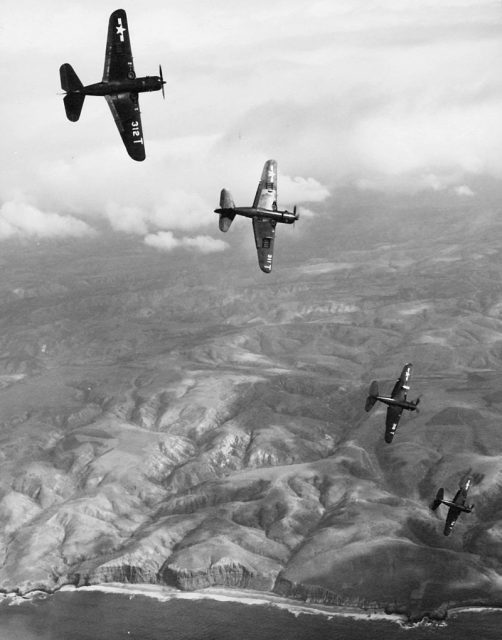
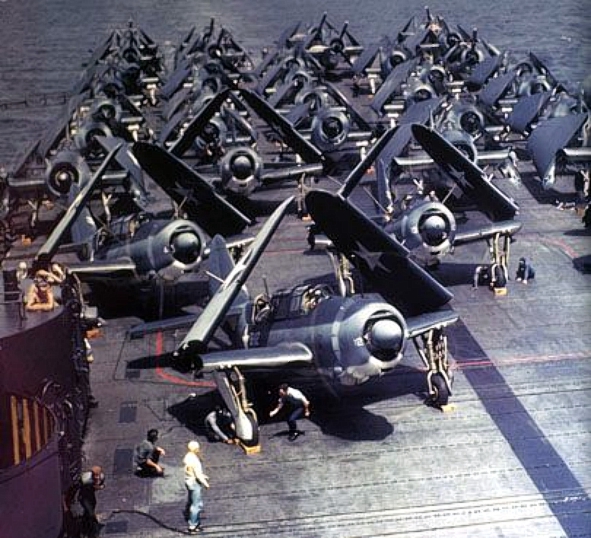
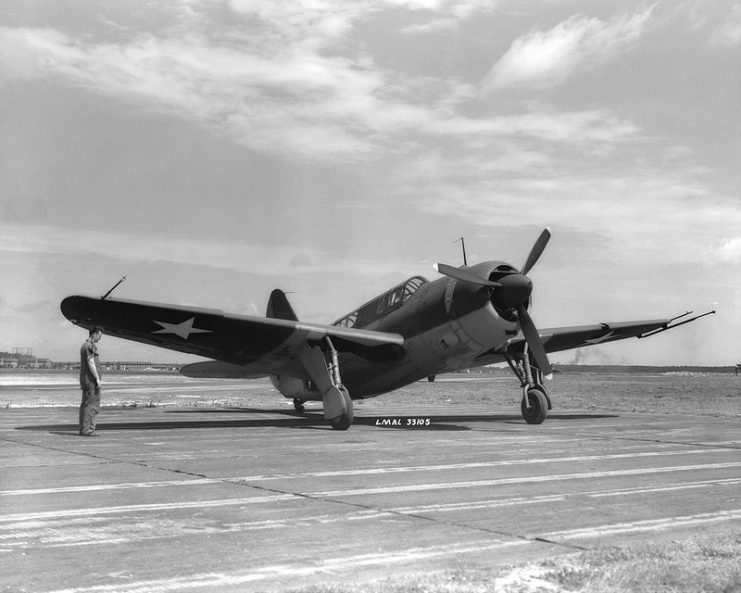
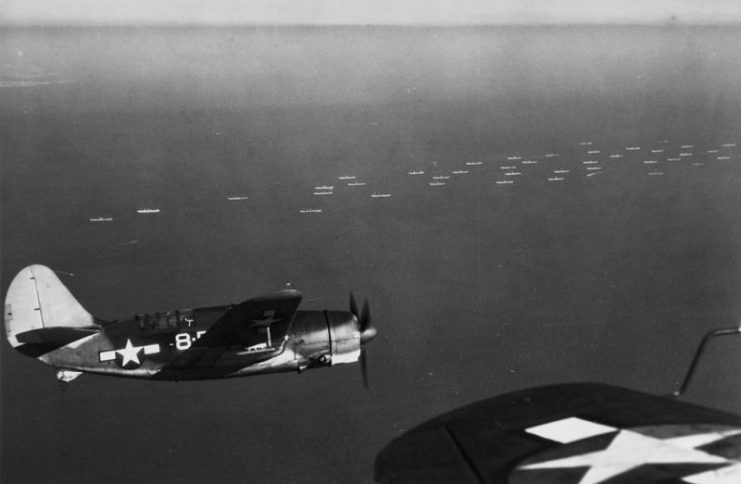
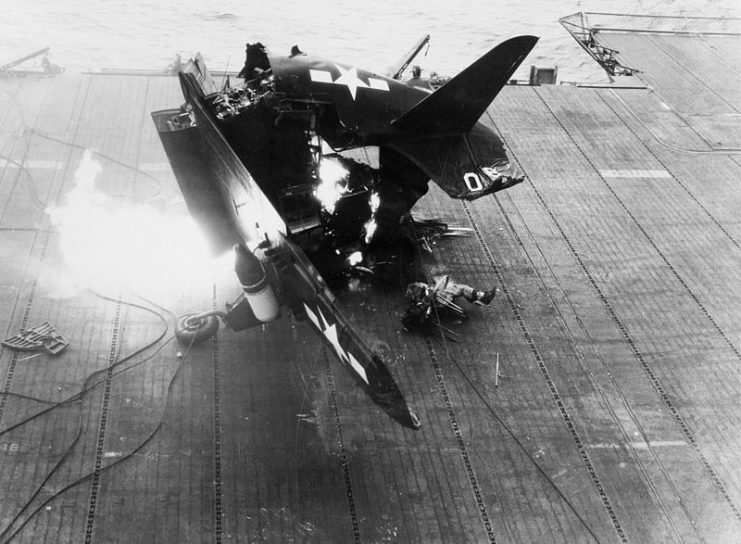
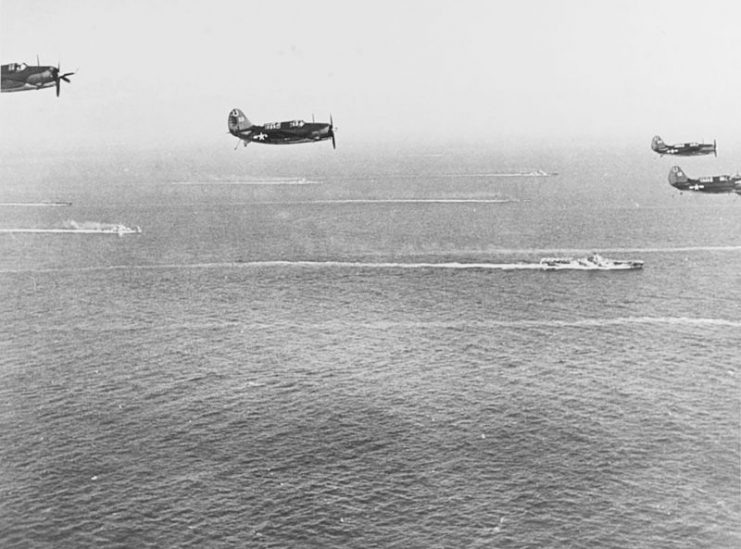
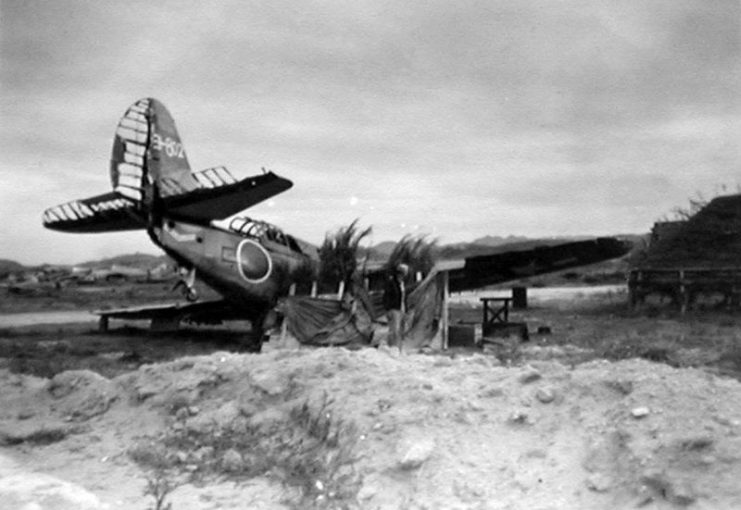
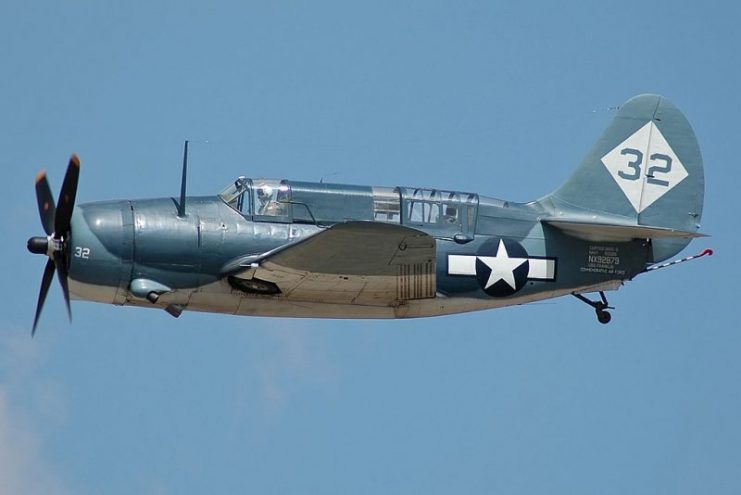
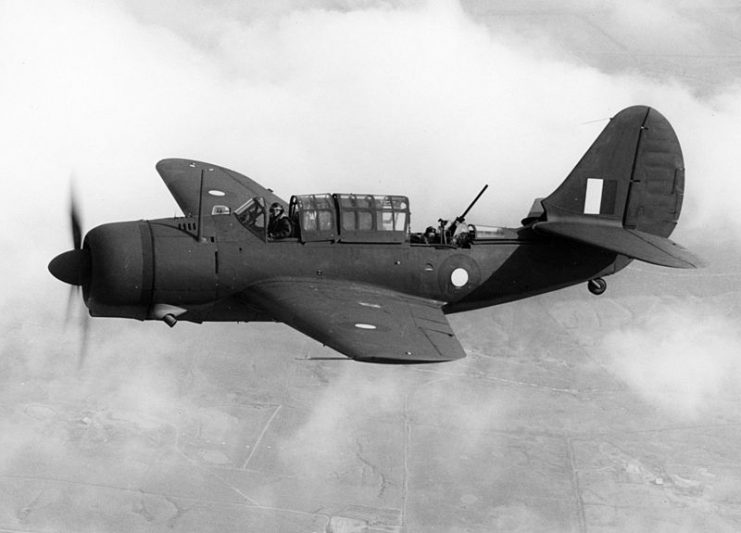
Read another story from us: “Slow But Deadly” – Douglas SBD Dauntless Dive-bomber with 26 Photos
